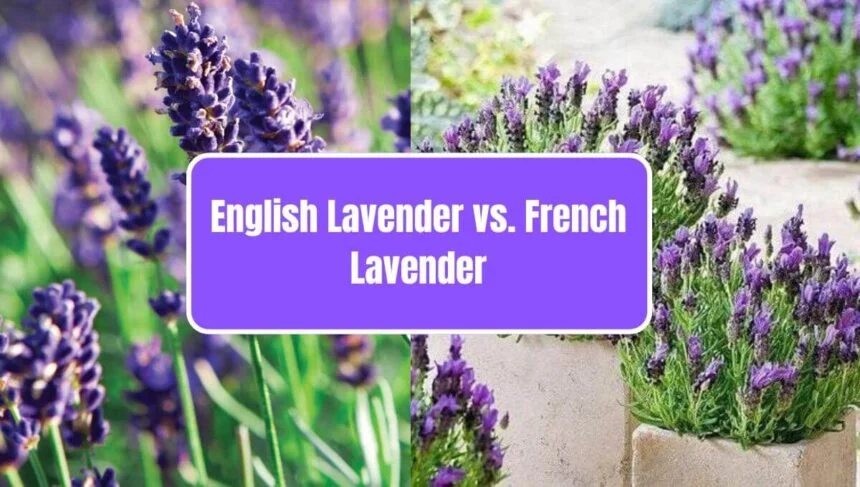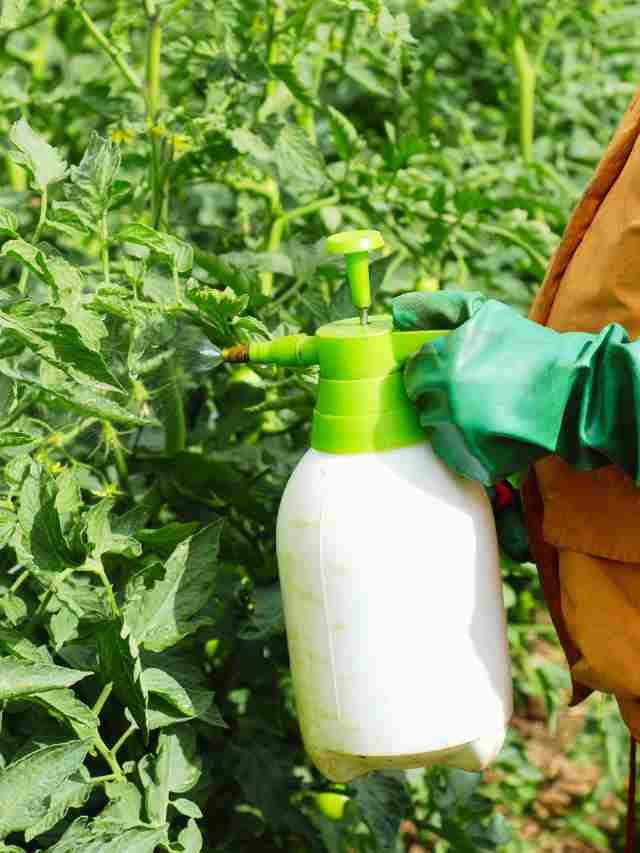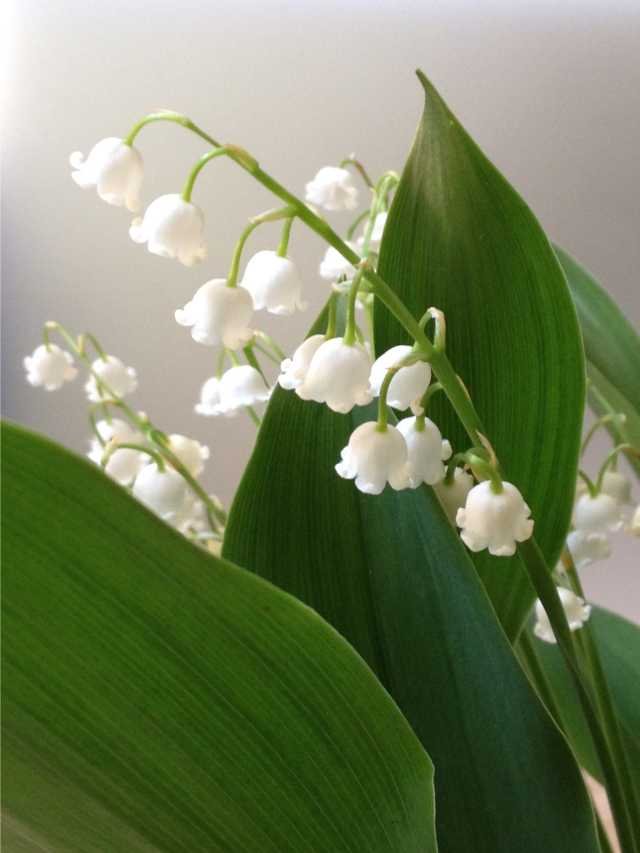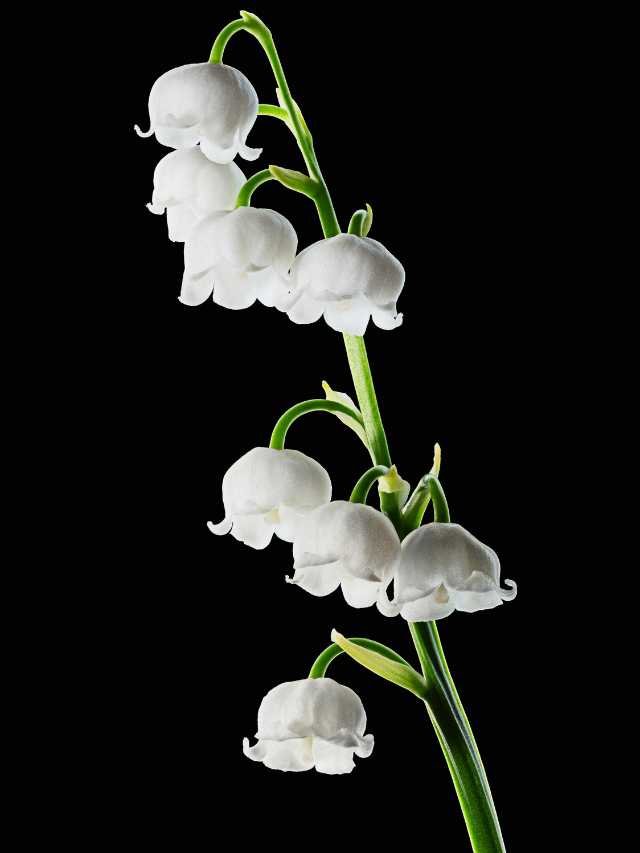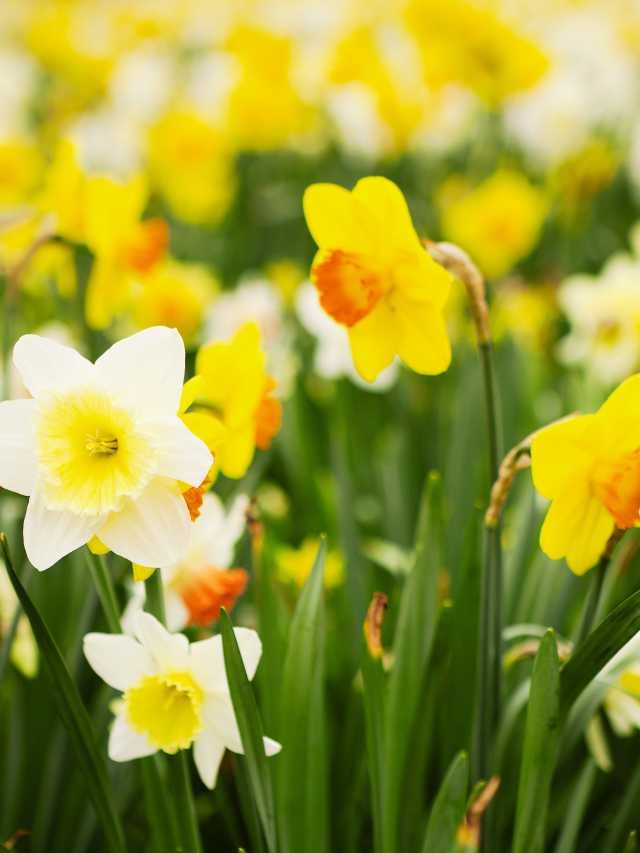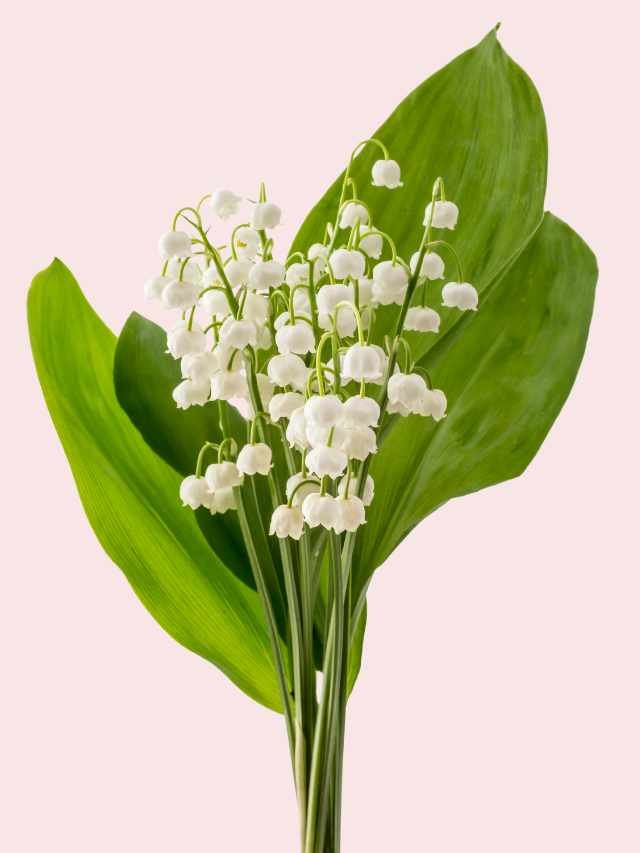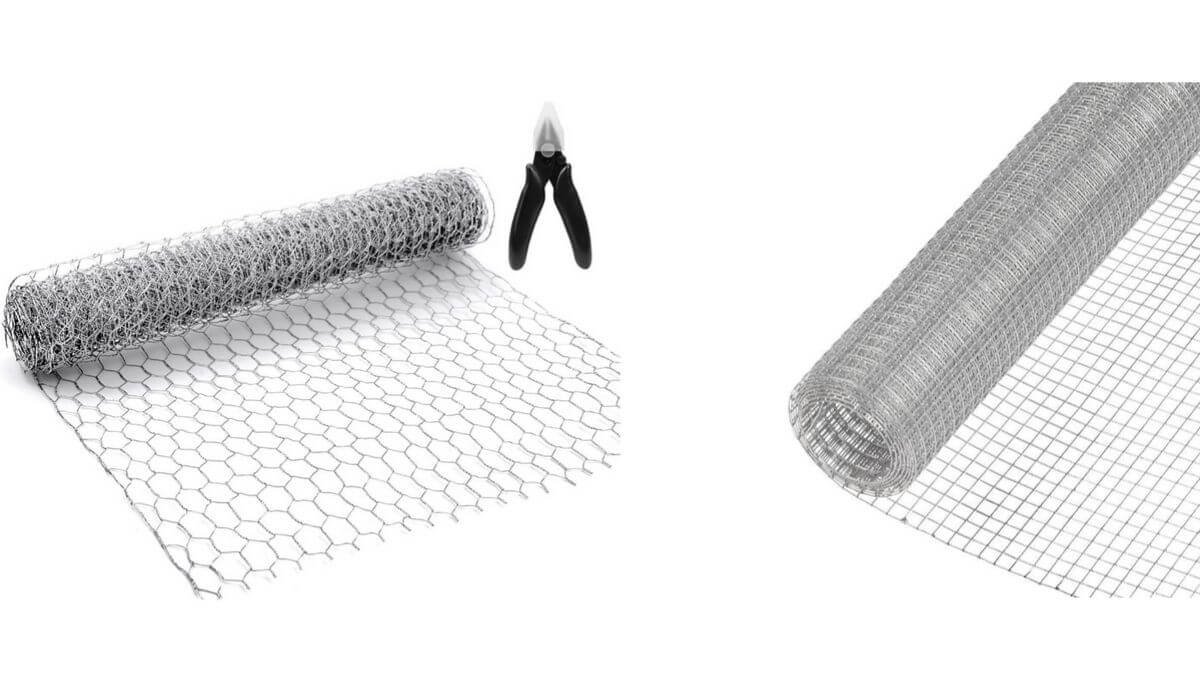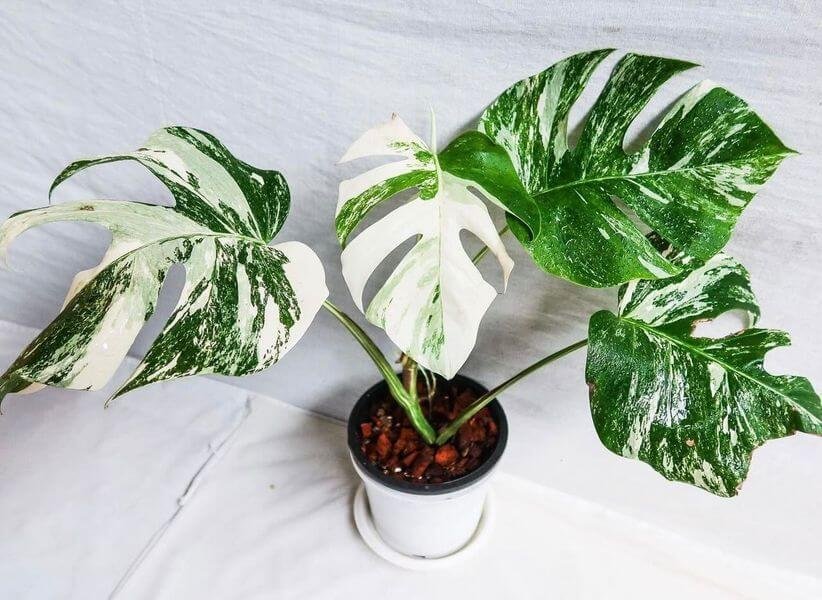Lavender is a beloved plant known for its soothing fragrance and beautiful flowers. But did you know that there are different types of lavender? One of the most common comparisons is between English lavender and French lavender.
Although they share many similarities, there are key differences that set them apart. Understanding these differences can help you choose the right type for your garden or for using its essential oils.
Appearance
English Lavender (Lavandula angustifolia)
Lavender, often referred to as English lavender, has a classic look. Here are its main features:
- Flower Color: Typically, English lavender has deep purple flowers, although they can also come in shades of blue, pink, and white.
- Leaf Shape: The leaves are narrow and elongated, with a silvery-green color.
- Plant Size: English lavender usually grows between 1 to 3 feet tall and wide.
- Flower Shape: The flowers grow in tight, spiky clusters on long stems.
French Lavender (Lavandula dentata)
French lavender stands out with its unique appearance. Here’s what to look for:
- Flower Color: French lavender flowers are often a lighter purple, almost lilac, and have distinctive “rabbit ear” petals on top.
- Leaf Shape: The leaves are broader and toothed, giving them a more textured appearance.
- Plant Size: French lavender tends to be slightly larger, growing up to 3 feet tall and wide.
- Flower Shape: The flowers are more open and loose compared to English lavender.
Scent
Lavender (Lavandula angustifolia)
The scent of English lavender is what most people think of when they hear “lavender.” It is sweet, floral, and soothing.
- Intensity: The fragrance is strong and long-lasting.
- Aroma: It has a classic lavender smell, often used in perfumes and essential oils for relaxation and stress relief.
French Lavender (Lavandula dentata)
French lavender has a more complex and subtle scent.
- Intensity: The fragrance is lighter and less overpowering than English lavender.
- Aroma: It has a slightly camphor-like undertone, which makes it smell more medicinal and fresh.
Related: What is the Difference Between English Lavender and Spanish Lavender?
Growing Conditions
Lavender (Lavandula angustifolia)
English lavender thrives in specific conditions. Here’s what it needs:
- Climate: It prefers temperate climates and can withstand colder temperatures.
- Soil: Well-drained, sandy soil is ideal.
- Sunlight: Full sun is necessary for the best growth and flowering.
- Watering: It needs moderate watering but should not be overwatered.
French Lavender (Lavandula dentata)
French lavender has different growing requirements:
- Climate: It prefers warmer climates and is more heat-tolerant.
- Soil: Similar to English lavender, it requires well-drained soil but can tolerate poorer soils better.
- Sunlight: Full sun is essential.
- Watering: It is more drought-tolerant but still needs regular watering in very dry conditions.
Related: Where Does Lavender Grow Best?
Uses
Lavender (Lavandula angustifolia)
English lavender is versatile and widely used. Here are its main applications:
- Aromatherapy: The essential oils are used for relaxation and stress relief.
- Culinary: The flowers can be used in cooking and baking for a unique flavor.
- Crafts: Dried flowers are used in sachets, potpourri, and wreaths.
- Medicinal: It has antiseptic and anti-inflammatory properties.
French Lavender (Lavandula dentata)
French lavender is used differently due to its distinct properties:
- Aromatherapy: While it is used in aromatherapy, its scent is less popular than English lavender.
- Ornamental: It is often grown for its unique appearance and is a favorite in decorative gardens.
- Medicinal: Its essential oils are used for their antiseptic properties.
- Crafts: Similar to English lavender, it can be used in dried flower arrangements and potpourri.
Comparison Table
| Feature | English Lavender (Lavandula angustifolia) | French Lavender (Lavandula dentata) |
|---|---|---|
| Flower Color | Deep purple, blue, pink, white | Light purple, lilac |
| Leaf Shape | Narrow, elongated, silvery-green | Broader, toothed |
| Plant Size | 1 to 3 feet tall and wide | Up to 3 feet tall and wide |
| Flower Shape | Tight, spiky clusters | Open, loose clusters |
| Scent | Sweet, floral, strong | Light, camphor-like, fresh |
| Climate Preference | Temperate, cold-tolerant | Warm, heat-tolerant |
| Soil Requirements | Well-drained, sandy | Well-drained, tolerates poorer soils |
| Sunlight Requirements | Full sun | Full sun |
| Watering Needs | Moderate, avoid overwatering | Drought-tolerant, regular in dry conditions |
| Uses | Aromatherapy, culinary, crafts, medicinal | Ornamental, medicinal, crafts |
The Bottom Line
Choosing between lavender and French lavender depends on your specific needs and growing conditions. English lavender is perfect if you want a strong, sweet fragrance and a plant that can withstand colder climates.
It is also highly versatile in its uses, from aromatherapy to culinary applications. On the other hand, French lavender is ideal for warmer climates and offers a unique appearance with its “rabbit ear” petals. Its scent is more subtle and medicinal, making it a great ornamental plant for your garden.
By understanding the differences between these two types of lavender, you can make a more informed choice for your home or garden. Whether you are looking for a calming fragrance, a beautiful garden addition, or a plant with medicinal properties, there is a type of lavender that will meet your needs.

